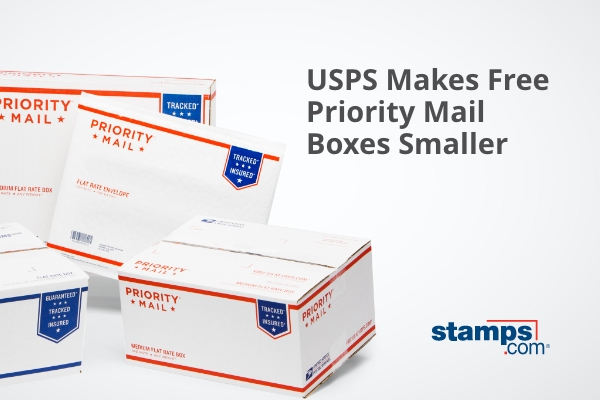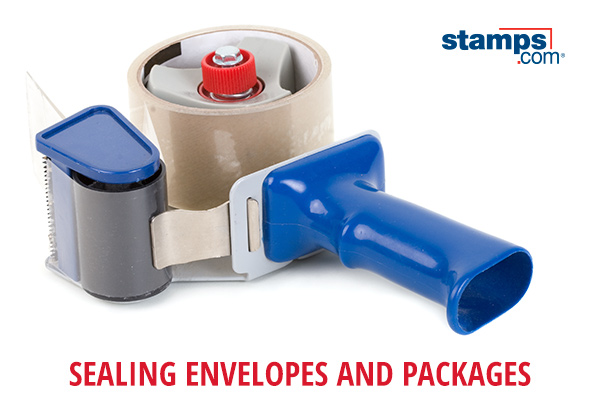Free USPS Priority Mail Boxes To Become Smaller
The USPS has announced they will be reducing the size of some free Priority Mail boxes and envelopes. Two Priority Mail envelopes and six Priority Mail boxes will be getting smaller, with the reductions ranging from 1/8″ smaller in length on the Priority Mail Tyvek envelope to 2 1/2″ smaller in width on the Priority […]
Reusing Boxes – 5 Tips To Help You Stay Out of Trouble
Reusing boxes can make you feel good. You’re saving the environment! You’re reducing waste! You’re saving money! But are you making a mistake? Well, that depends. Cover Unfamiliar Markings First of all, it is extremely important to cover all markings and symbols with which you’re not familiar. When I first started selling on eBay, I […]
Sealing Envelopes and Packages
You may not give much thought to the act of sealing up an envelope or package, but that doesn’t mean it’s a trivial step in the mailing or shipping process. We’ve created this FAQ to answer all the questions you may have about sealing shipments before handing them over to the USPS. What’s the right […]


